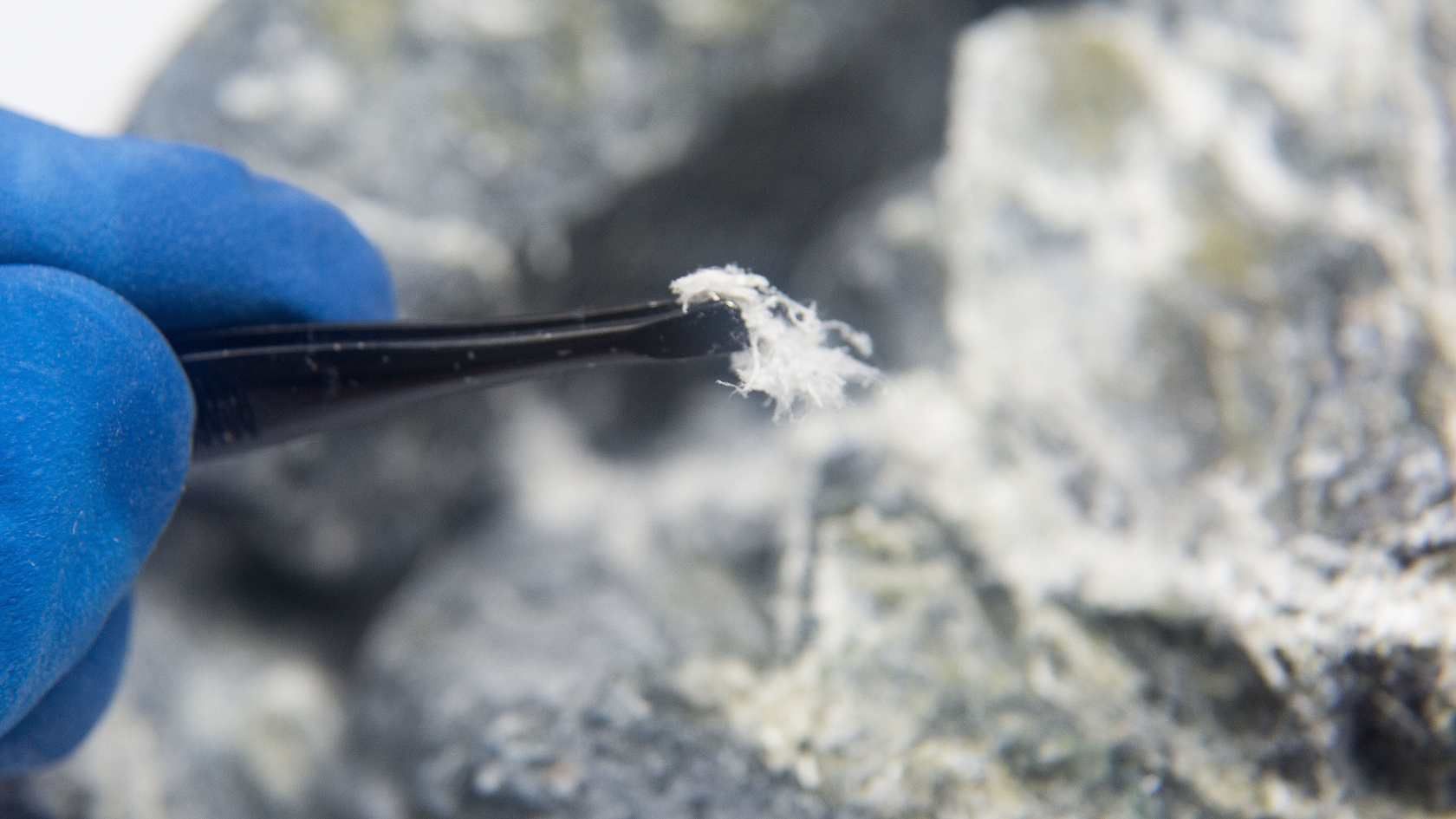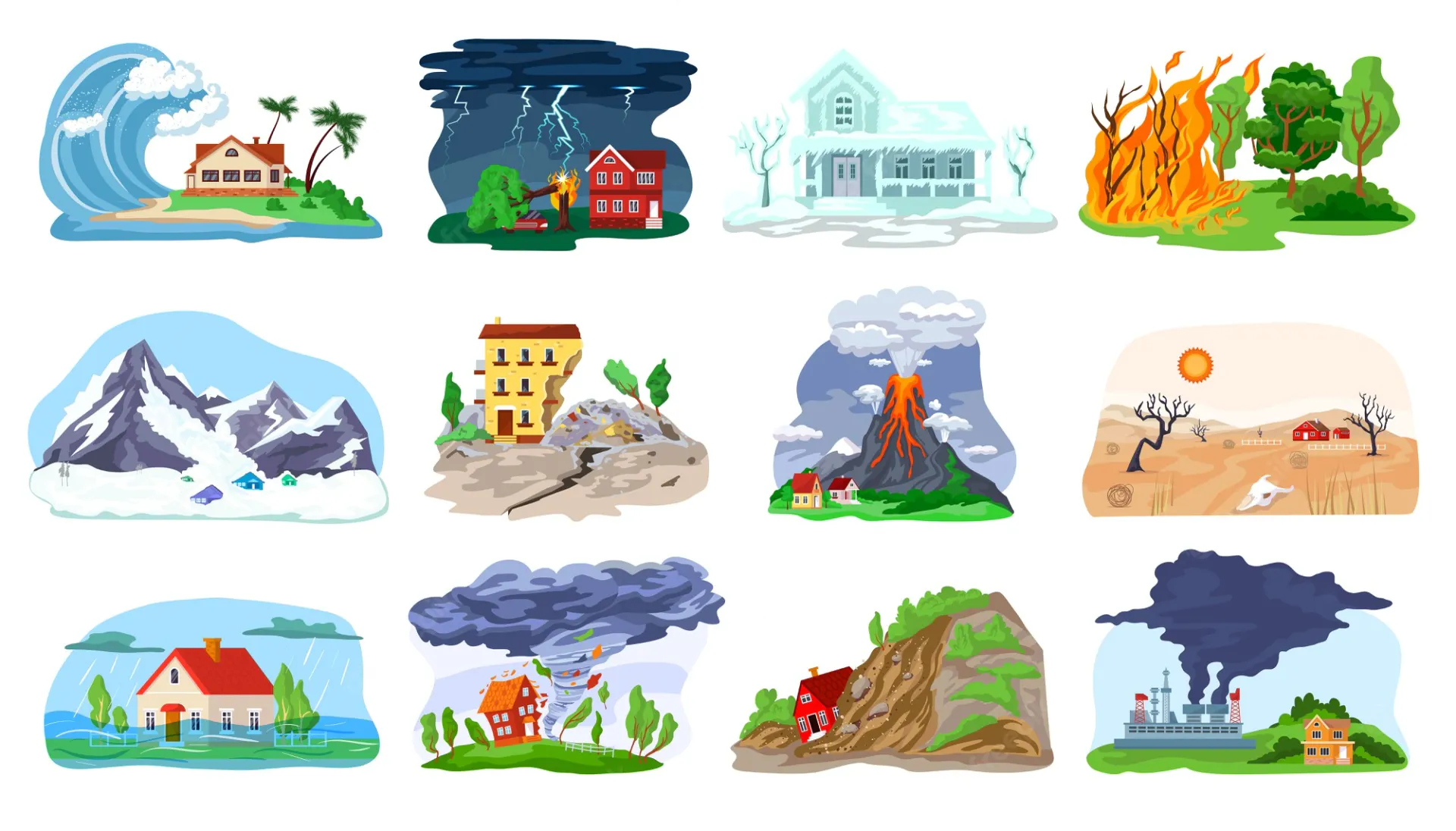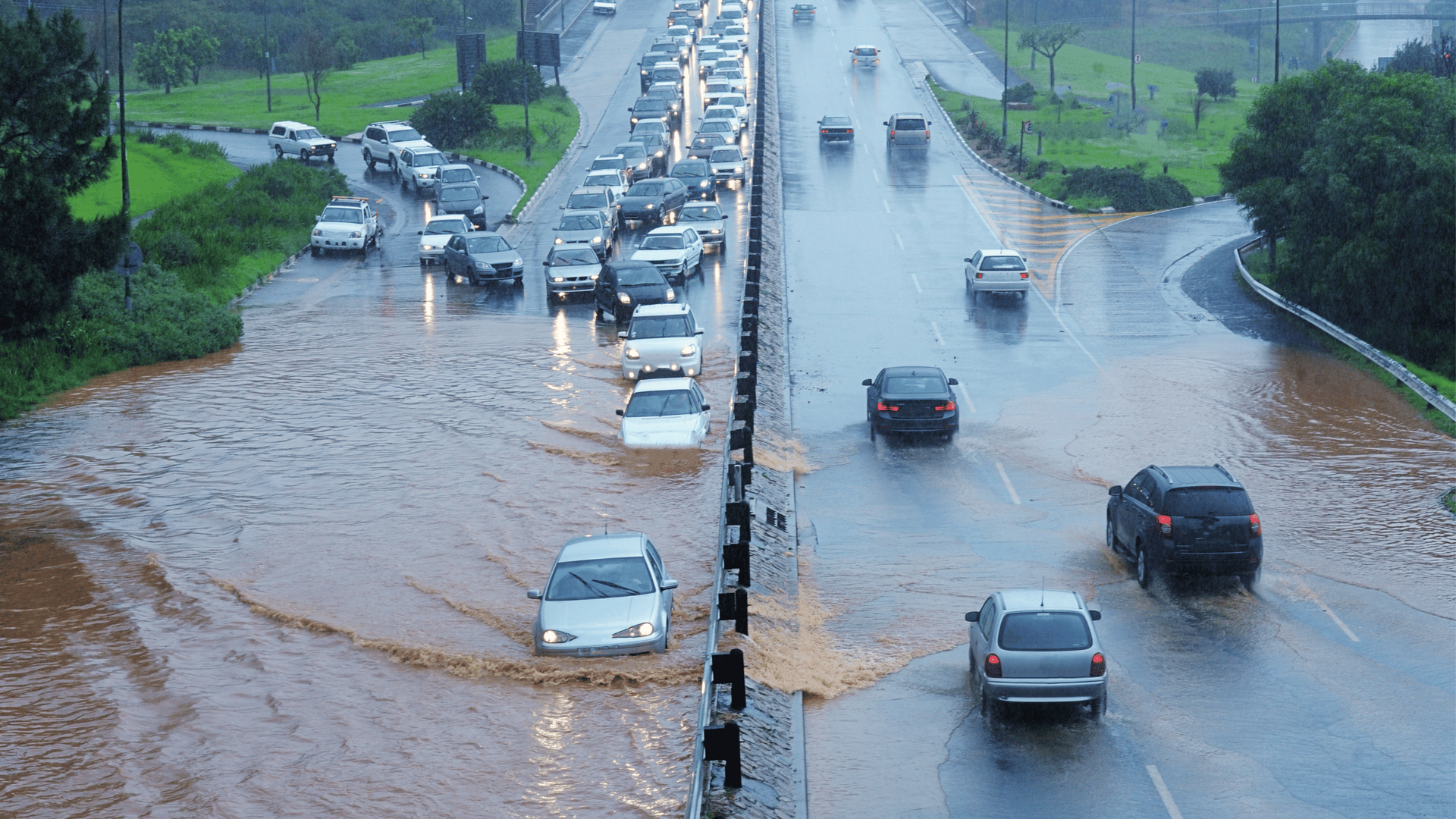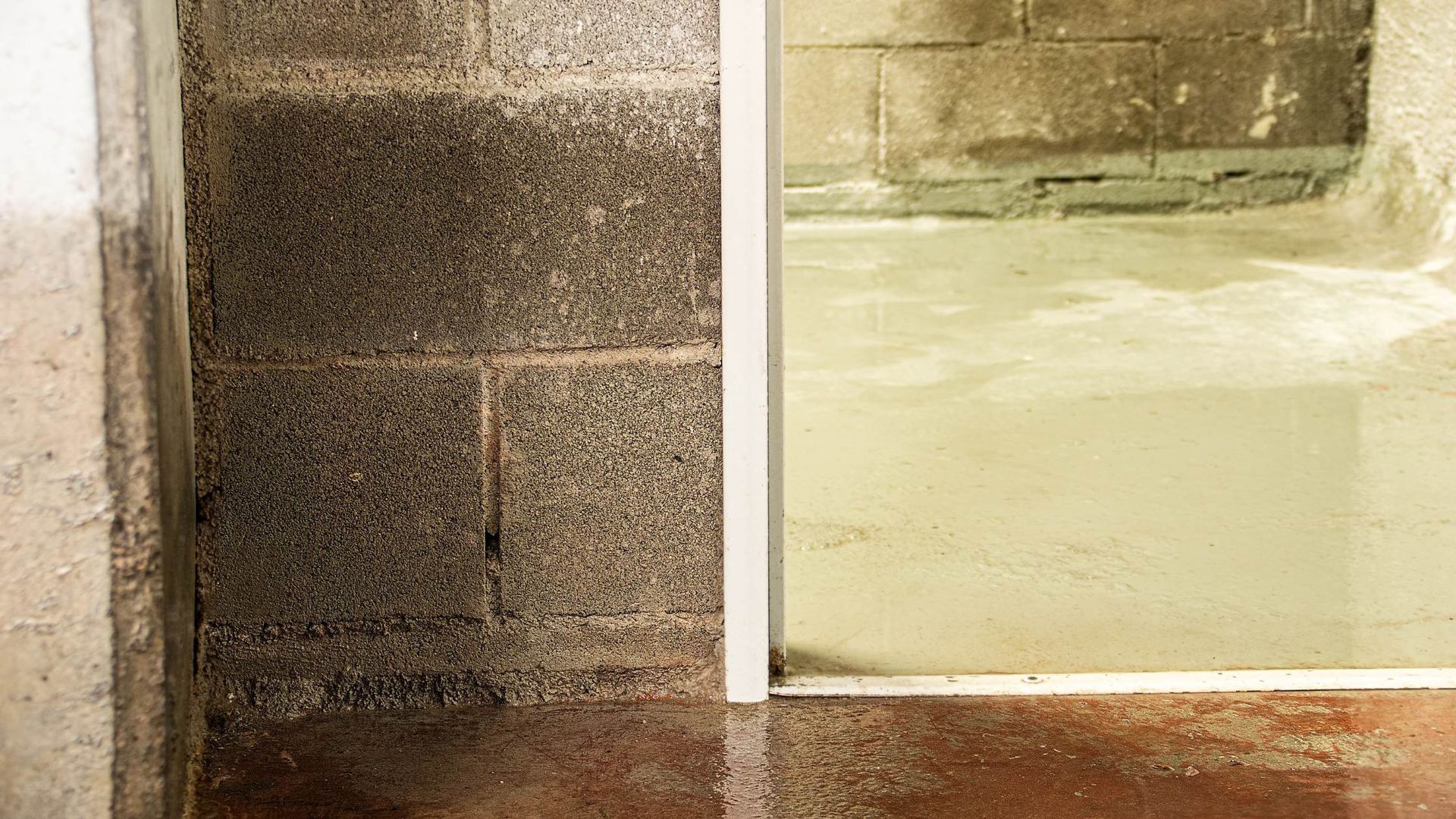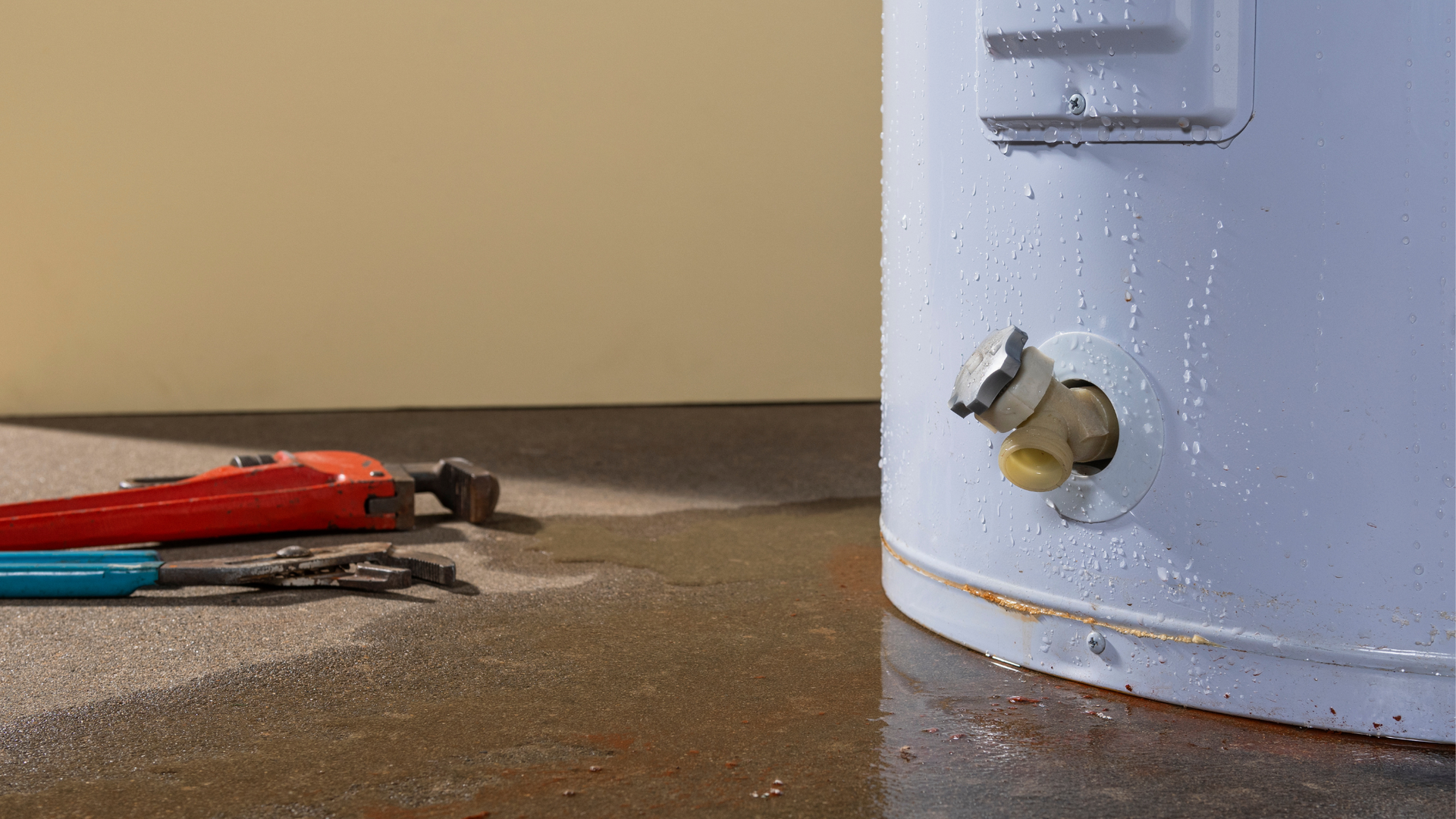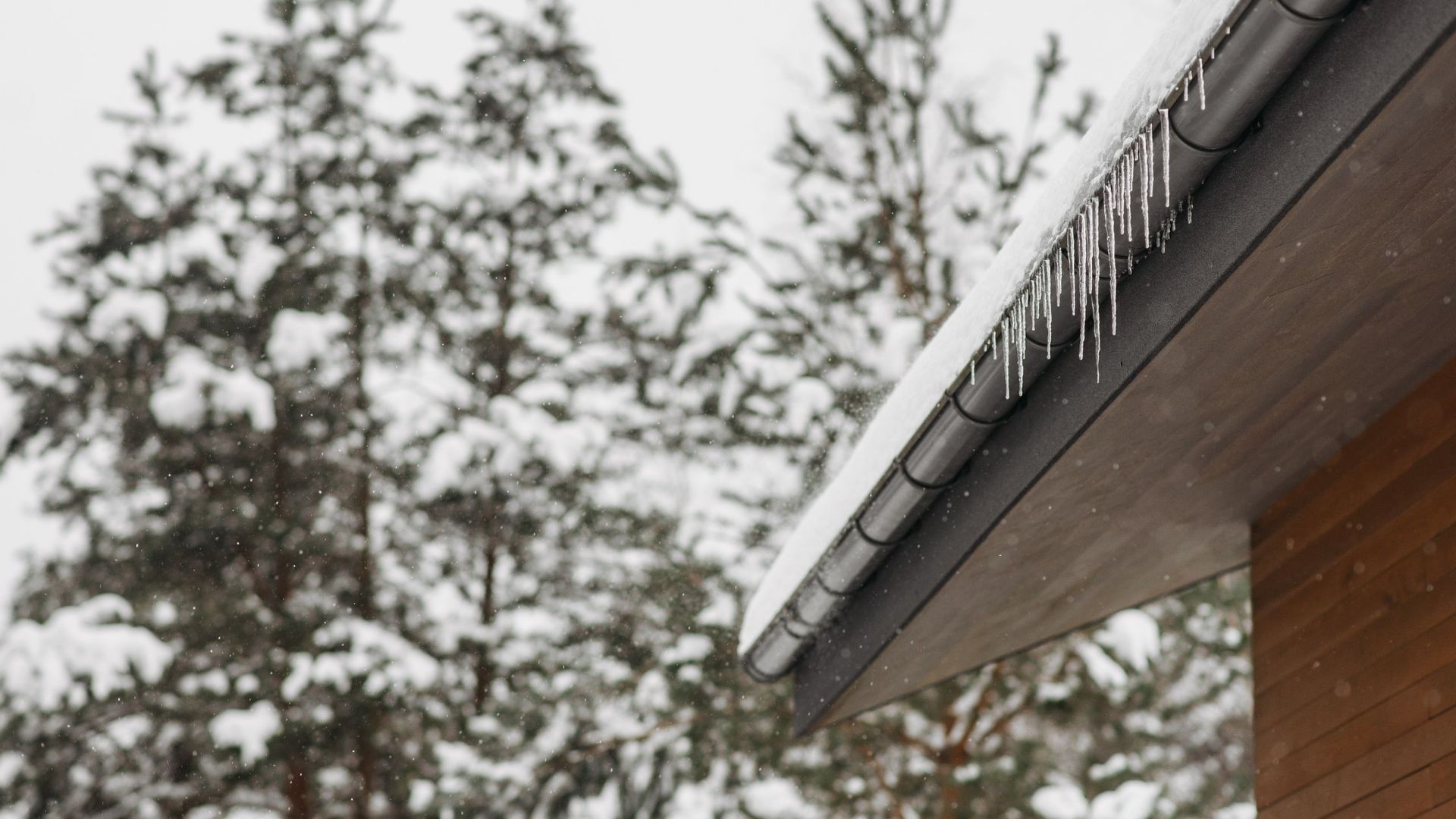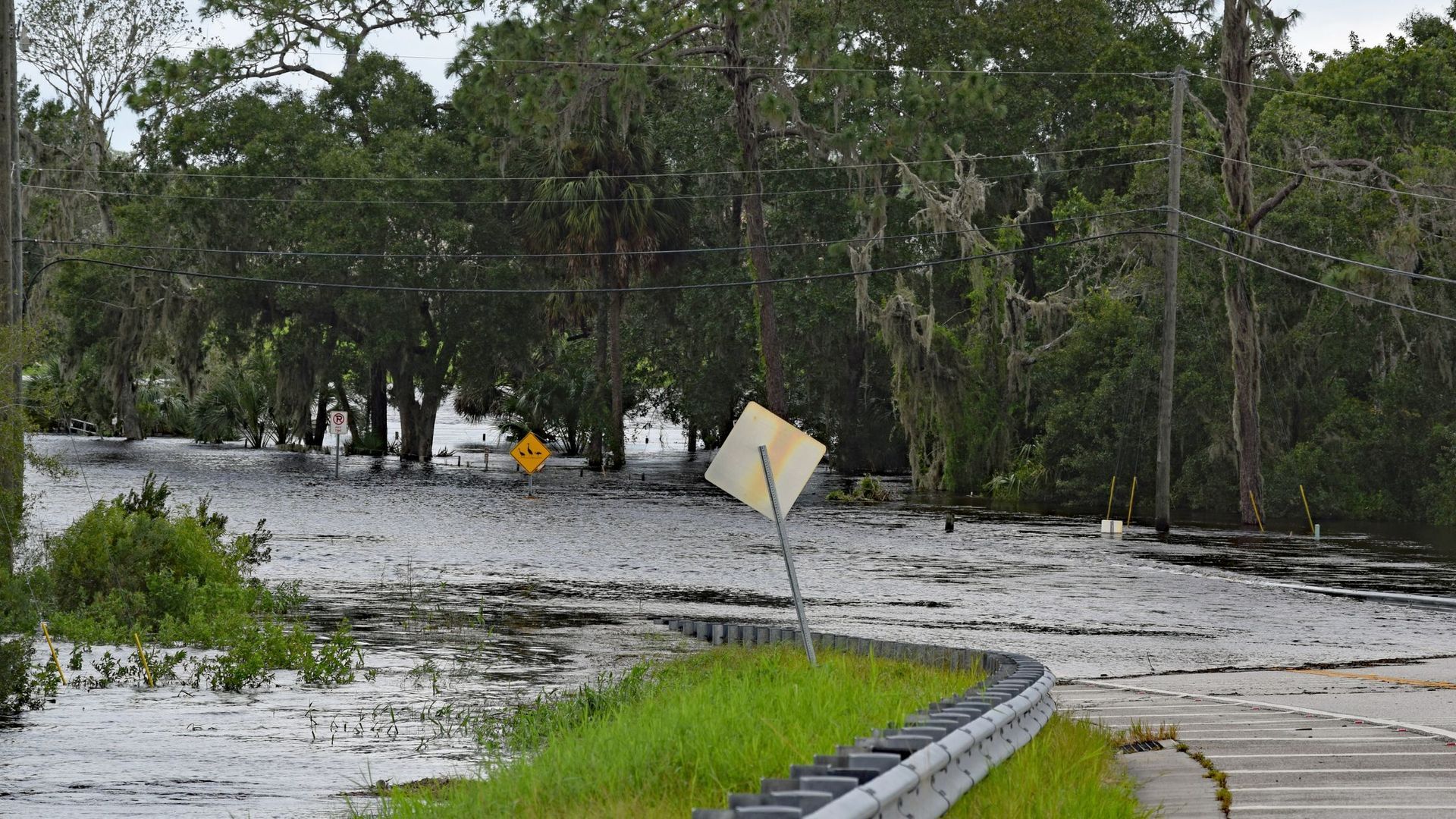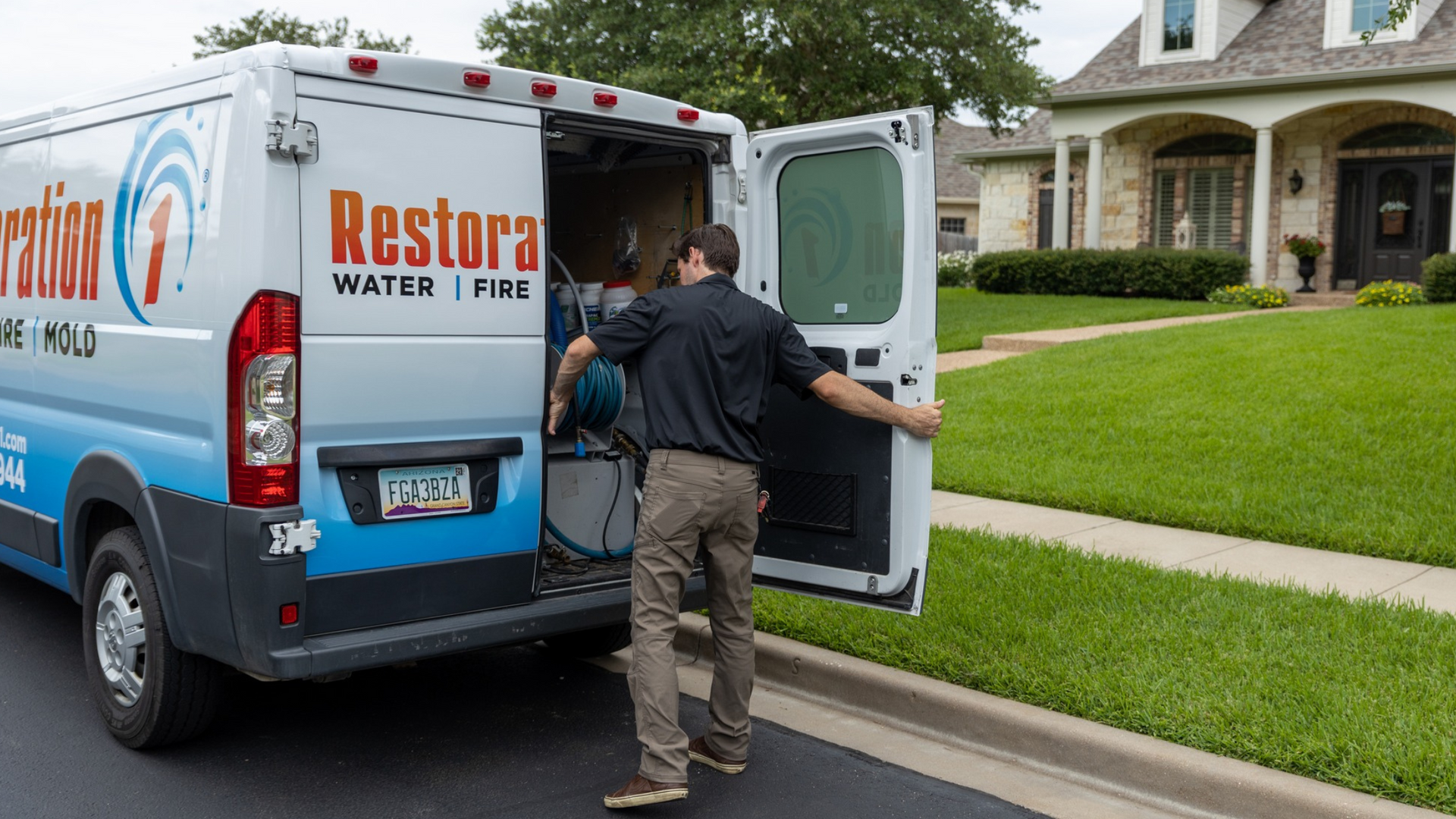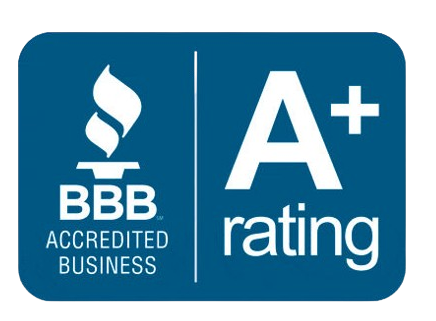What to Do If Your Toilet Overflows
Toilet overflow dangers
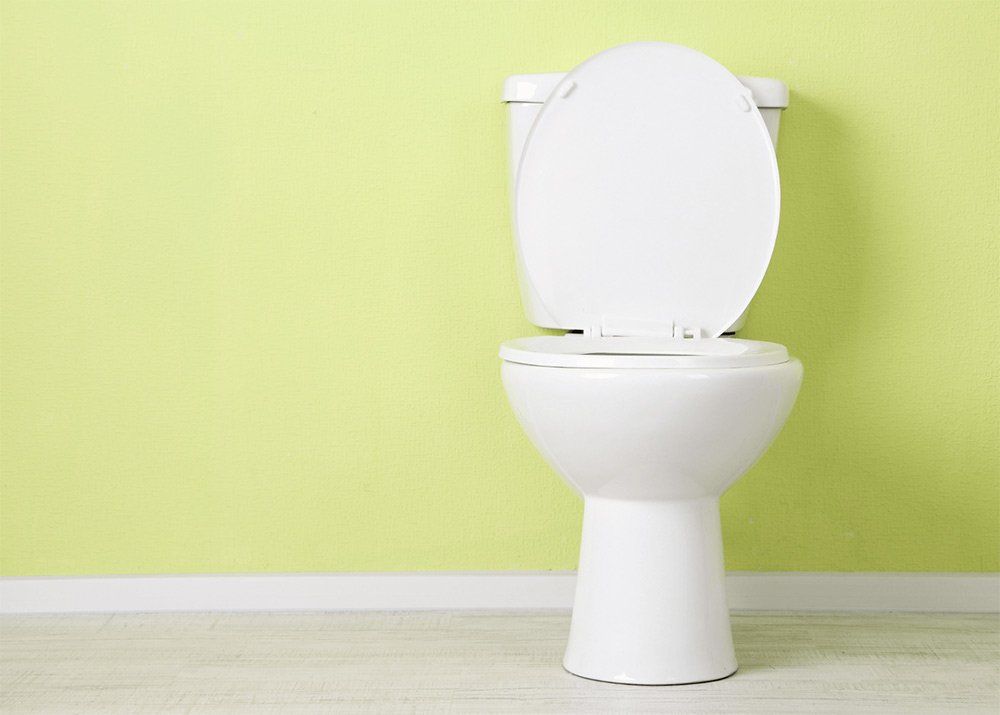
If you have ever experienced your toilet overflowing, you know that feeling of initial panic! It’s an entirely normal response – water coming out of your toilet at a fast pace, rather than being flushed away, is definitely unnerving. It’s also not sanitary. You now have a large-scale mess on your hands, and you have no idea what to do to remedy the problem. But at Restoration 1, we most definitely know what to do. The next time you are suddenly dealing with this unexpected event, use these tips to act quickly to minimize the spillage in your bathroom.
Turn off Its Water Supply
In the event of a bathroom emergency, one thing that can always be counted on is that you’re going to have to turn off your water. It makes sense, as a leak or overflow will only continue if it has an endless supply of water behind it. Here’s how to turn the water off: Look near the base of your toilet. You will see a supply line attached to your toilet that goes into the wall. On it, you should see a turnable valve. This is the same valve that you turn off before you go on vacation, or when you’re going to be away from home for an extended period of time. Turn it counterclockwise to prevent any more direct flow of water into the toilet. Next, look inside the top part of your toilet – in the tank you will see your float mechanism. The float mechanism controls flushing ability, as well as the running of water within the fixture. Lift the float until the water stops running. If it does not stop, take note! If the amount of flowing water shows no signs of stopping, you may have to turn off your entire home’s water supply.
Do Not Clean Contaminated Water on Your Own
Clean water is one thing, but when you have a toilet overflow, contaminated water brings on a whole new set of challenges. If dirty water has overflowed in your bathroom and perhaps beyond it, extensive sanitation is going to be required as well. Whether or not the overflow is from a family member’s use or a full-on sewage backup, you want expert help. A professional team is going to be equipped with the proper gear to keep safe and to thoroughly clean the water mess (or sewage) better than any household tools could. If the situation is dire enough, you’ll want to call in a professional team right away to both decontaminate the area and prevent any sudden onset water damage or a mold outbreak in your home.
Examine the Aftermath
Once the sitting water has been removed and the area has been given plenty of time to dry, it’s time to survey the damage left behind from the water. Water damage can become an extensive issue in no time at all, and if your overflow episode was major, once again, it’s wise to exercise further caution and bring in a professional to go over the damage with you. In a bathroom, you may need to replace flooring, baseboards, walls, or other components. Keep in mind too, that if the affected bathroom is on an upper level, you’ll want to examine the ceiling below.
Call Restoration 1 Today
At Restoration 1 of, we are trusted, expert home restoration technicians that are ready to take on any challenge in your home. When you have a bathroom emergency, or any other emergency type, call us today. We serve North Carolina and are available 24/7 – we’re always here for you.
